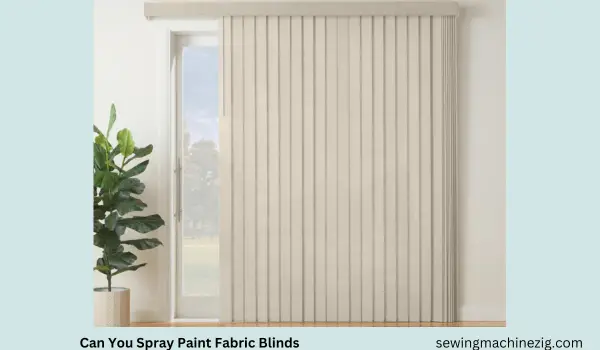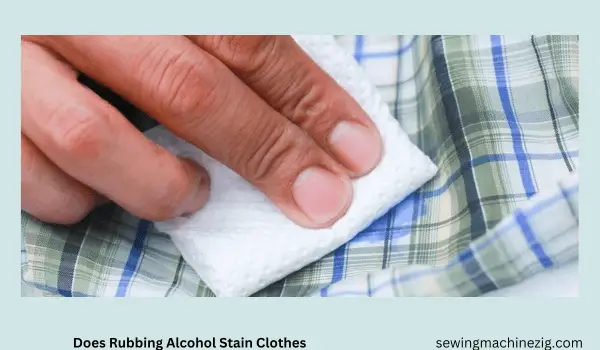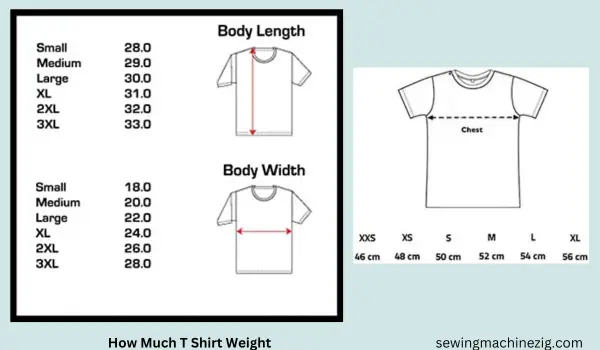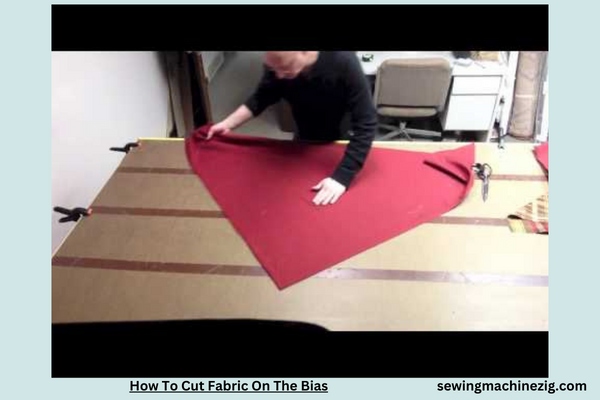
Mastering the art of How to Cut Fabric on the Bias opens up a world of possibilities in sewing and fashion design. The bias, a 45-degree angle to the straight grain of the fabric, adds flexibility, drape, and a unique visual appeal to your creations. Understanding how to cut fabric on the bias is essential for crafting beautiful garments, especially when working with delicate or flowy materials like silk and chiffon.
In this article, we’ll delve into the intricacies of cutting fabric on the bias, offering step-by-step guidance to help you achieve the precision and creativity that this technique can bring to your sewing projects.
How To Cut Fabric On The Bias Detailed Answer
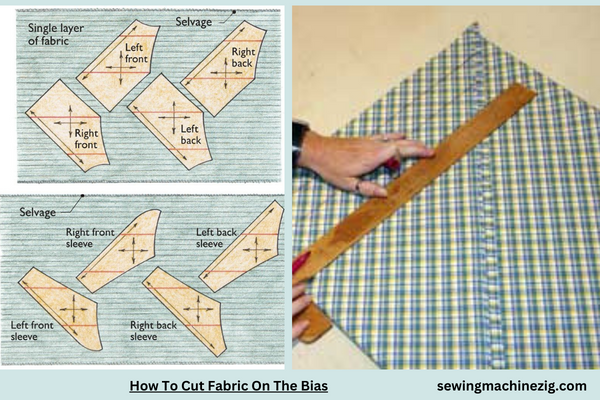
Step 1: Gather Your Materials
Before you start cutting fabric on the bias, you’ll need the following materials: your fabric of choice, fabric scissors, a measuring tape, a straightedge, pins, and a fabric marker.
Step 2: Understand the Bias
The bias is a 45-degree angle to the straight grain of the fabric. It runs diagonally across the fabric and offers unique properties such as flexibility and stretch, making it ideal for certain sewing projects.
Step 3: Prepare Your Fabric
Lay your fabric flat on a clean, spacious work surface. Smooth out any wrinkles or folds to ensure accurate cutting.
Step 4: Identify the Bias
To find the bias, start by folding one corner of the fabric over to align with the adjacent edge, creating a 45-degree angle. This corner-to-edge fold represents the bias.
Step 5: Mark the Bias
Using your fabric marker, mark along the folded edge. This line indicates the bias of the fabric.
Step 6: Create a Guide Line
From the marked point on the bias, use your measuring tape to measure the desired width of the bias strips. Mark several points along the bias line at this width. Then, use a straightedge to connect these points, creating a guide line for your cutting.
Step 7: Cut Along the Bias
With your fabric scissors, carefully cut along the guide line, making sure to cut through both layers of fabric if you folded it. These strips cut on the bias are ideal for various sewing projects, such as bias binding, curved seams, and more.
Step 8: Store Your Bias Strips
After cutting your bias strips, it’s a good idea to roll or fold them neatly for storage. This will keep them organized and ready for use in your sewing projects.
Step 9: Practice and Experiment
Now that you know how to cut fabric on the bias, practice and experiment with different fabrics and projects. Bias-cut fabric is great for making bias tape, piping, and adding a unique drape to clothing items like bias-cut skirts and dresses.
Step 10: Master the Art
Cutting fabric on the bias can be a bit tricky at first, but with practice, you’ll become more proficient. It’s a valuable skill that can add versatility to your sewing projects, allowing you to create beautiful, flowing garments and unique fabric details.
Step 11: Embrace the Bias in Your Creations
Now that you’ve learned “How to Cut Fabric on the Bias,” you can confidently incorporate bias-cut fabric into your sewing projects. It’s a technique that can add elegance and creativity to your designs, and with each project, you’ll refine your skills and expand your sewing capabilities. So, explore the possibilities of the bias and let your creativity flourish in your sewing endeavors!
What Does Cut On The Bias Mean In Sewing
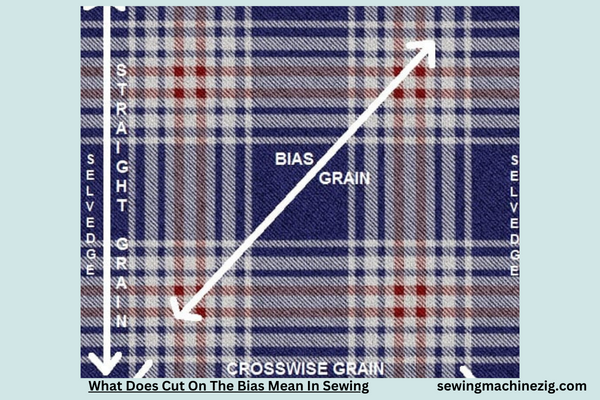
In the world of sewing, the term “cut on the bias” refers to a specific way of cutting fabric that plays a pivotal role in garment construction, design, and draping. Understanding this technique is essential for sewers and fashion enthusiasts, as it allows for the creation of garments that exhibit unique properties such as drape, stretch, and a flattering fit.
Step 1: Fabric Orientation
To comprehend what “cut on the bias” means, it’s important to first understand the fabric’s natural grain. Fabrics have two primary grainlines: the straight grain and the cross-grain. The straight grain runs parallel to the fabric’s selvage, while the cross-grain is perpendicular to it. The bias, in contrast, runs diagonally across the fabric at a 45-degree angle to both the straight grain and the cross-grain.
Step 2: Benefits of Bias Cutting
Cutting fabric on the bias results in several advantages in sewing and fashion design:
- Drape: Fabric cut on the bias drapes beautifully, making it ideal for creating garments with fluidity and movement, such as bias-cut skirts or dresses.
- Stretch: Bias-cut fabric has a natural stretch due to the diagonal orientation. This allows for a comfortable fit and is often used in garments like bias-cut evening gowns.
- Fit and Flattery: The bias cut molds to the body’s contours, offering a flattering fit and enhancing the wearer’s silhouette.
Step 3: Bias-Cut Projects
Understanding what it means to cut on the bias opens up a world of creative possibilities. Here are a few projects where this technique is commonly used:
- Bias Tape: Bias-cut strips are used to make bias tape, which is an excellent trim for finishing edges, hems, and adding decorative accents.
- Bias-Bound Seams: Bias-cut fabric is used to bind seams, providing a clean and durable finish to the raw edges of garments.
- Bias-Cut Garments: Bias-cut dresses, skirts, and blouses are known for their elegant drape and are favored by designers for their flattering, body-hugging fit.
Step 4: Finding the Bias
To cut on the bias, locate the diagonal line by folding one corner of the fabric to meet the opposite edge, creating a 45-degree angle. The fold represents the bias. Mark this line with chalk or a fabric marker to serve as your cutting guide.
Step 5: Cutting on the Bias
With the bias marked, you can proceed to cut your fabric along this line, ensuring you maintain the 45-degree angle. These bias-cut pieces are then used in your sewing projects to achieve the desired effects.
Step 6: Practice and Creativity
Mastering the art of cutting on the bias in sewing takes practice. Experiment with different fabrics and projects to harness the unique properties it offers. As you gain experience, you’ll discover the versatility and artistry that this technique brings to your creations.
In summary, “How to Cut Fabric on the Bias” in sewing refers to cutting fabric at a 45-degree angle to the straight and cross-grain. It yields fabric pieces with exceptional drape, stretch, and a flattering fit, making it a valuable skill for creating beautiful garments, trims, and finishing details. Embrace the bias in your sewing projects, and you’ll open up a world of design possibilities and creativity.
Conclusion
In conclusion, mastering how to cut fabric on the bias opens the door to a world of creativity and design in the realm of sewing. This technique provides fabrics with exceptional drape, stretch, and a flattering fit, enhancing the quality and style of your projects.”How to Cut Fabric on the Bias“
Whether you’re a seasoned sewer or just beginning your sewing journey, understanding How to Cut Fabric on the Bias is a valuable skill that empowers you to create garments, trims, and finishing details that stand out with elegance and flair.
FAQS
Q1: What does “How to cut fabric on the bias” mean in sewing?
A1: Cutting fabric on the bias means cutting it at a 45-degree angle to the straight and cross-grain. This technique is used to create fabric pieces with exceptional drape, stretch, and a flattering fit.”How to Cut Fabric on the Bias“
Q2: Why is cutting fabric on the bias important?
A2: Cutting on the bias is important because it allows you to achieve unique properties in your garments, such as drape and stretch. It enhances the fit and comfort of clothing items, making them more flattering.
Q3: What projects benefit from cutting fabric on the bias?
A3: Projects like bias-cut dresses, skirts, blouses, bias tape, and bias-bound seams benefit from cutting fabric on the bias. It’s ideal for creating elegant drapes and comfortable wear.
Q4: Can I cut any fabric on the bias?
A4: While many fabrics can be cut on the bias, some are more suitable than others. Lightweight and medium-weight fabrics like silk, cotton, and linen work well. Heavier fabrics may not drape as effectively.
Q5: How do I find the bias on fabric?
A5: To find the bias, fold one corner of the fabric to meet the opposite edge, creating a 45-degree angle. The fold represents the bias, which you can mark with chalk or a fabric marker as your cutting guide.
Q6: Is cutting on the bias more challenging than cutting on the grain?
A6: Cutting on the bias may be a bit more challenging due to the fabric’s diagonal orientation. It requires attention to detail and precision, but with practice, it becomes a valuable skill for sewers.

